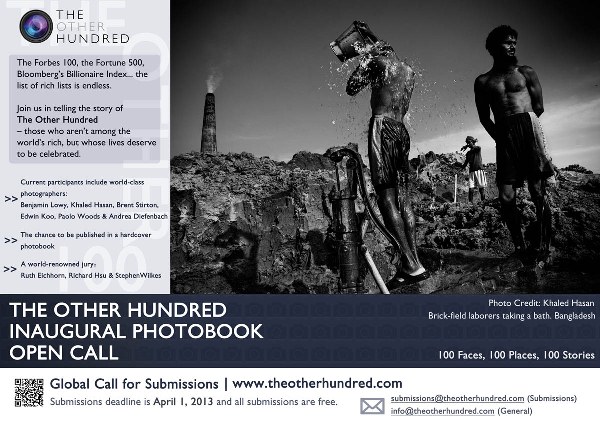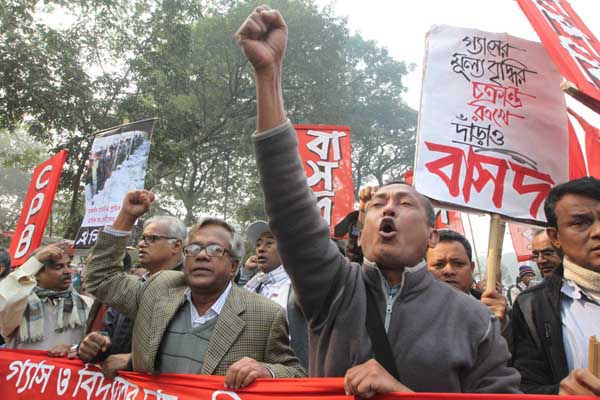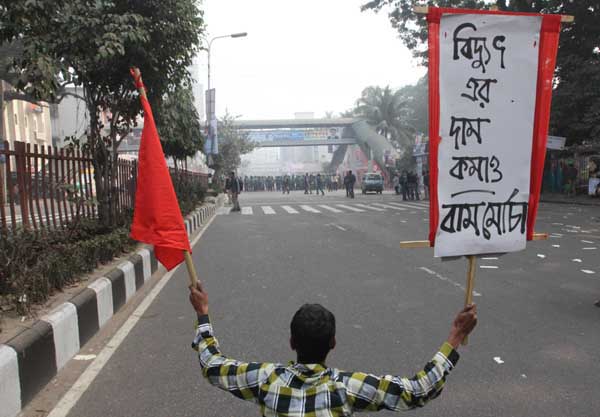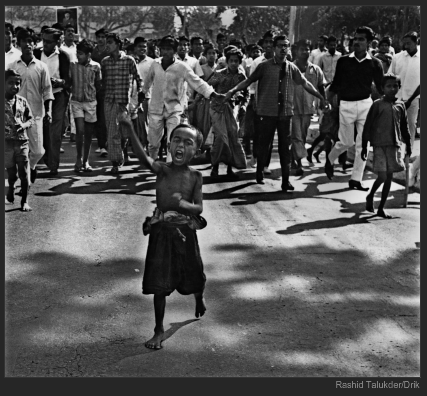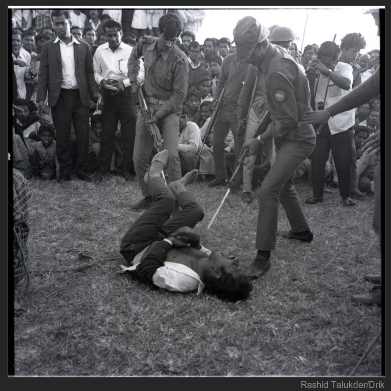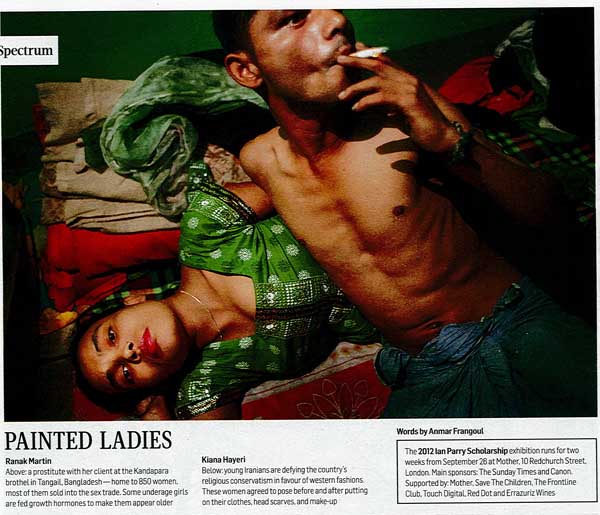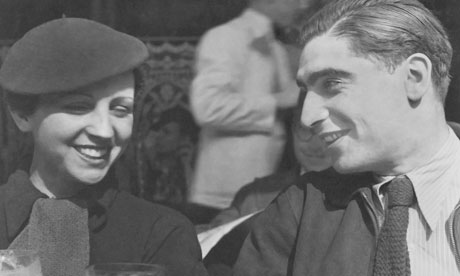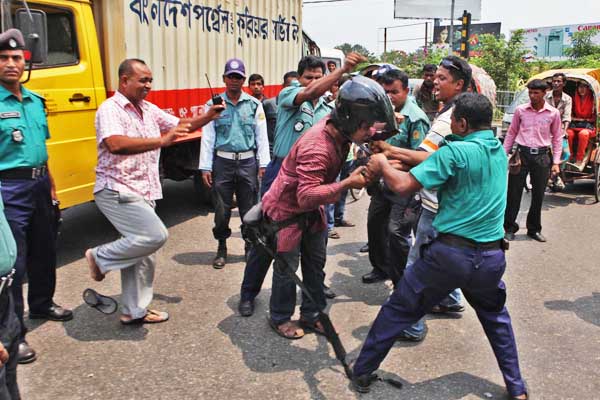
Submission deadline for 2013

This year?s submission deadline for the 2013 Fellowships for the Master of Arts in Journalism has been moved to Friday, 15 February 2013.
The fellowships are awarded to full-time Asian journalists who have excellent professional and academic record, a commitment to?good journalism and leadership qualities. A grant covers tuition and other expenses for the two-year M. A. Journalism degree program offered by the Communication Department of the Ateneo de Manila University.
Since 2003, 104 journalists from 14 Asian countries including Vietnam, China, Indonesia, Cambodia, and India have received the grant.
Presently 17 journalists from Cambodia, China, Indonesia, Myanmar, Nepal and Philippines are enrolled in the program as fellowship grantees.
Designed for working journalists, the M.A. Journalism program is a hybrid distance learning program.? Online class sessions take place via the learning management system Blackboard, and?classroom sessions are held?at the Ateneo de Manila University?s Loyola campus in Quezon City, Philippines.
The?curriculum is made up of 12 courses including courses in ethics and specialized reporting and writing courses such as International?Reporting, Investigative Journalism and Reporting about Religions. The?program?s design allows working journalists and other media?professionals to study at their own pace and time, and in their own homes or workplaces.
The international faculty includes experienced?? journalists and academics from Australia, Canada, U.S., U.K., Germany, the Philippines, India and Malaysia.
To download the application form, visit the?MA Journalism page.

